Les choses de la vie

Print: 10 x 8 inches
Artist stamp on verso
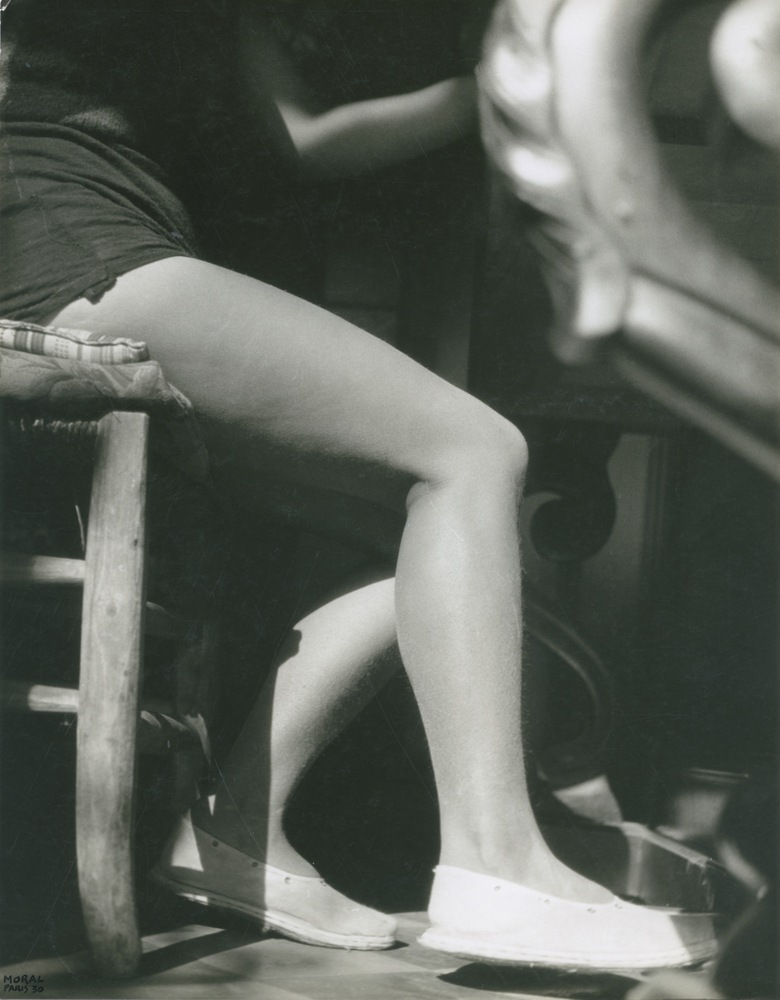
Image : 6.3 x 9.84 in ( 16,5 x 25 cm )
Print: 4 x 7 inches
Artist stamp on verso
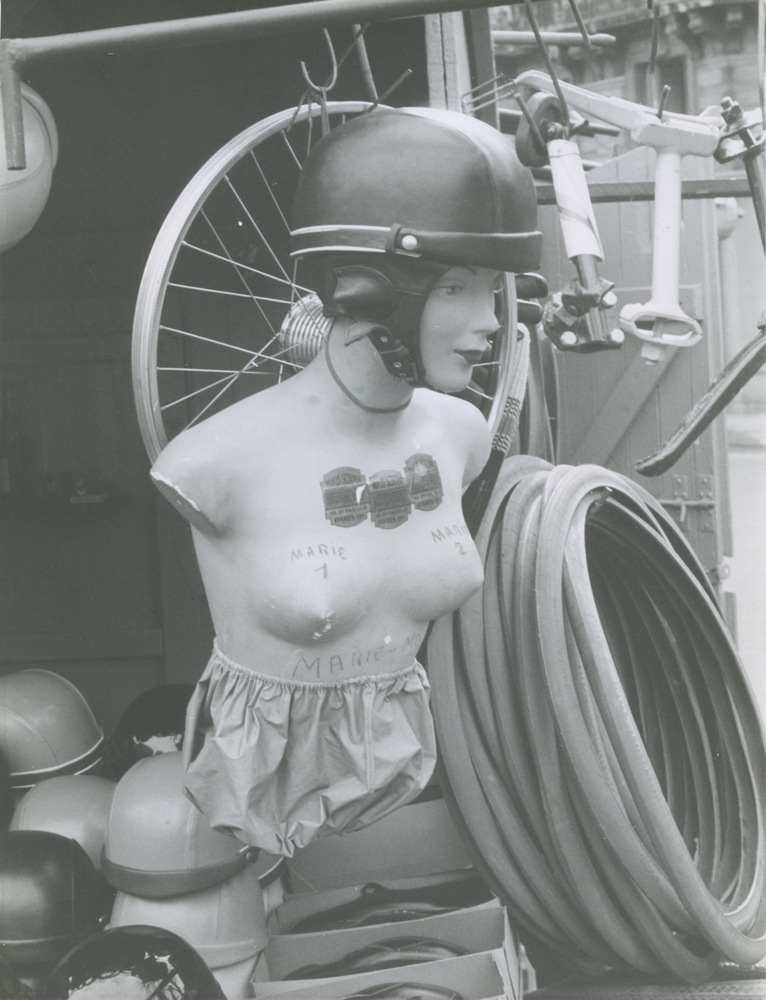
Image : 9.06 x 7.09 in ( 23,7 x 18,2 cm )
Print: 9 x 7 inches
Artist stamp on verso

Image: 7 x 9 inches
Print: 7 x 9 inches
Stamped in violet ink "Photo Pierre Boucher" au crayon AB/14-9 on verso
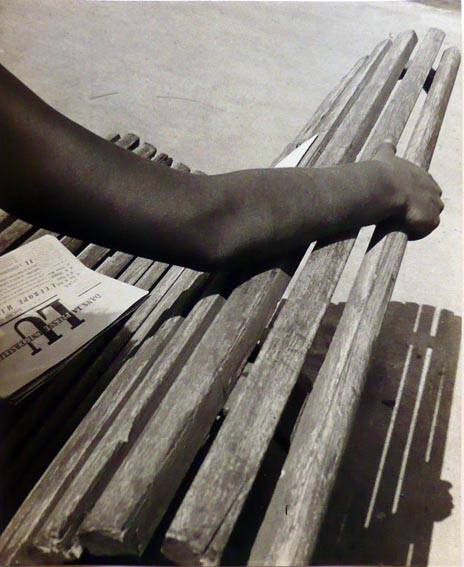
Image : 10.63 x 8.66 in ( 27,2 x 22,2 cm )
Print: 11 x 9 inches
Dated and artist stamp on verso

Image : 8.27 x 6.69 in ( 21,2 x 17,7 cm )
Print: 8 x 6 inches
Signed by the artist on verso
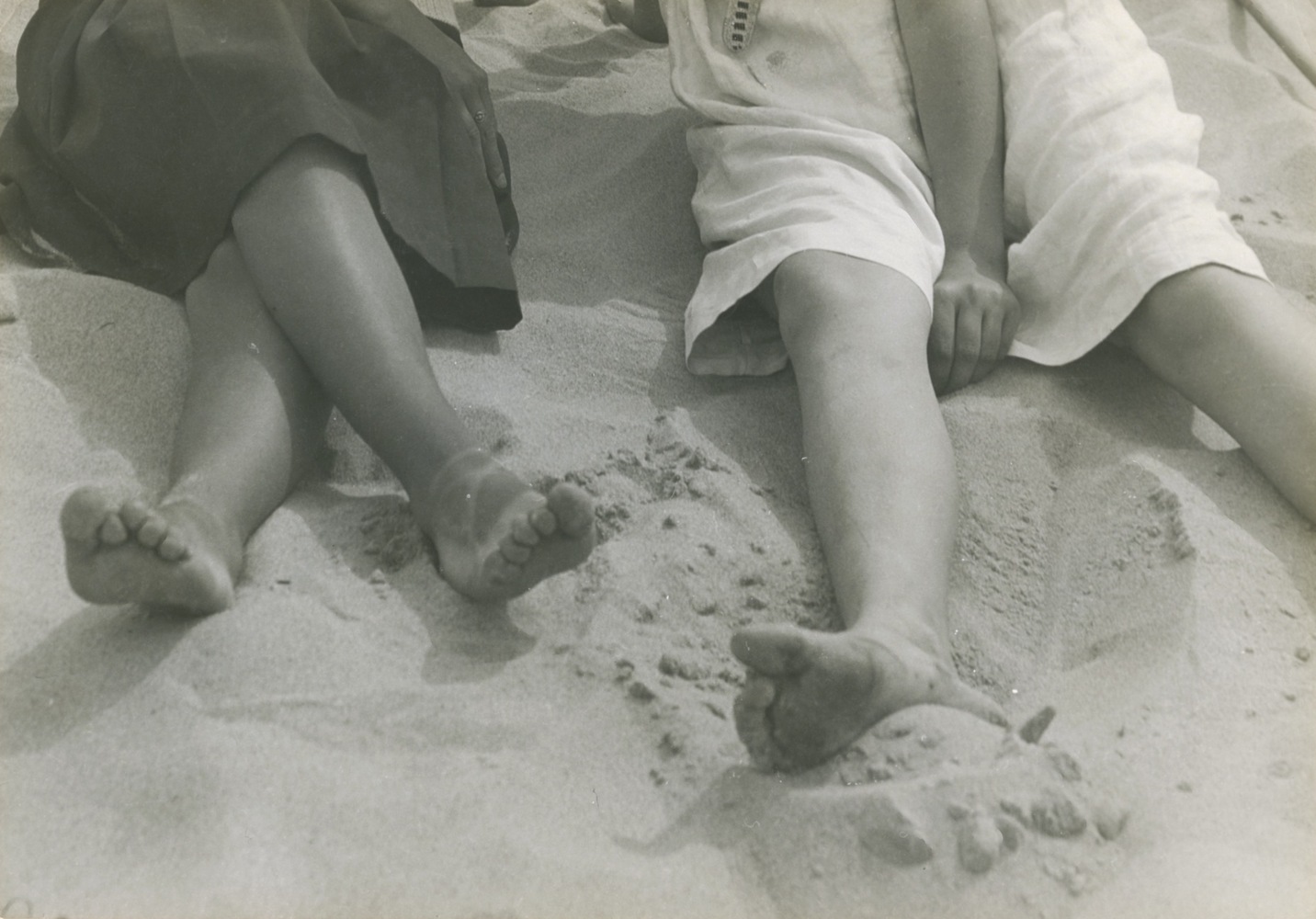
Image : 8.66 x 5.91 in ( 22,6 x 15,9 cm )
Print: 9 x 6 inches
Artist stamp and writings on verso

Image : 6.69 x 5.12 in ( 17 x 13 cm )
Print: 7 x 5 inches
Signe by the artist and artist stamp on verso
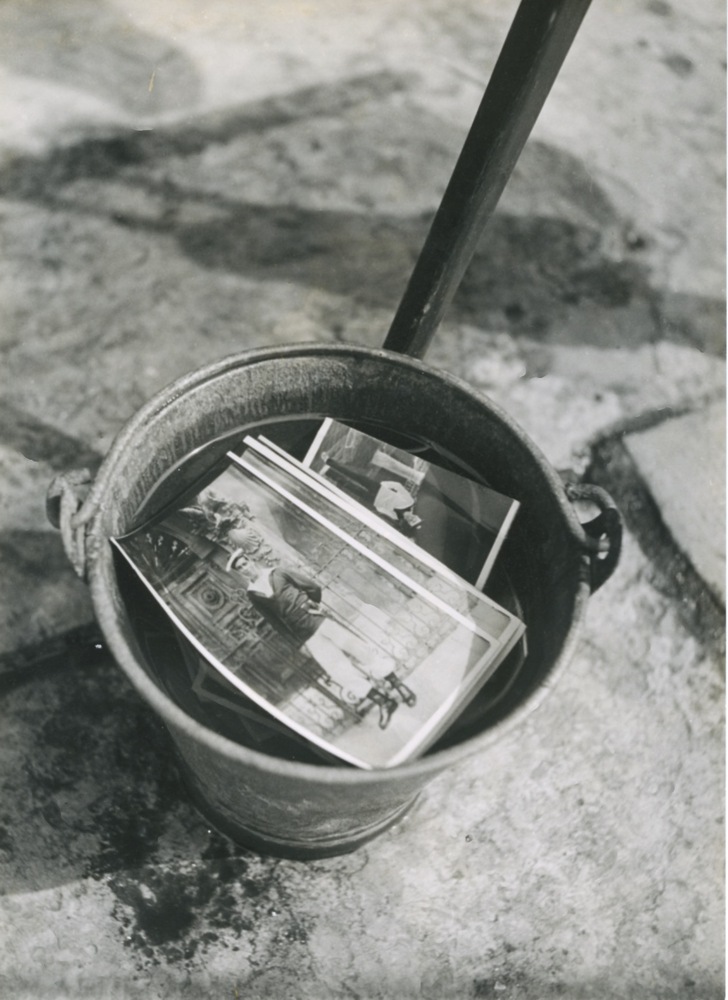
Image : 5.51 x 3.94 in ( 14,9 x 10,7 cm )
Print: 5 x 4 inches
Signe by the artist and artist stamp on verso

Image : 6.69 x 4.72 in ( 17,2 x 12,5 cm )
Print: 7 x 5 inches
Artist stamp on verso
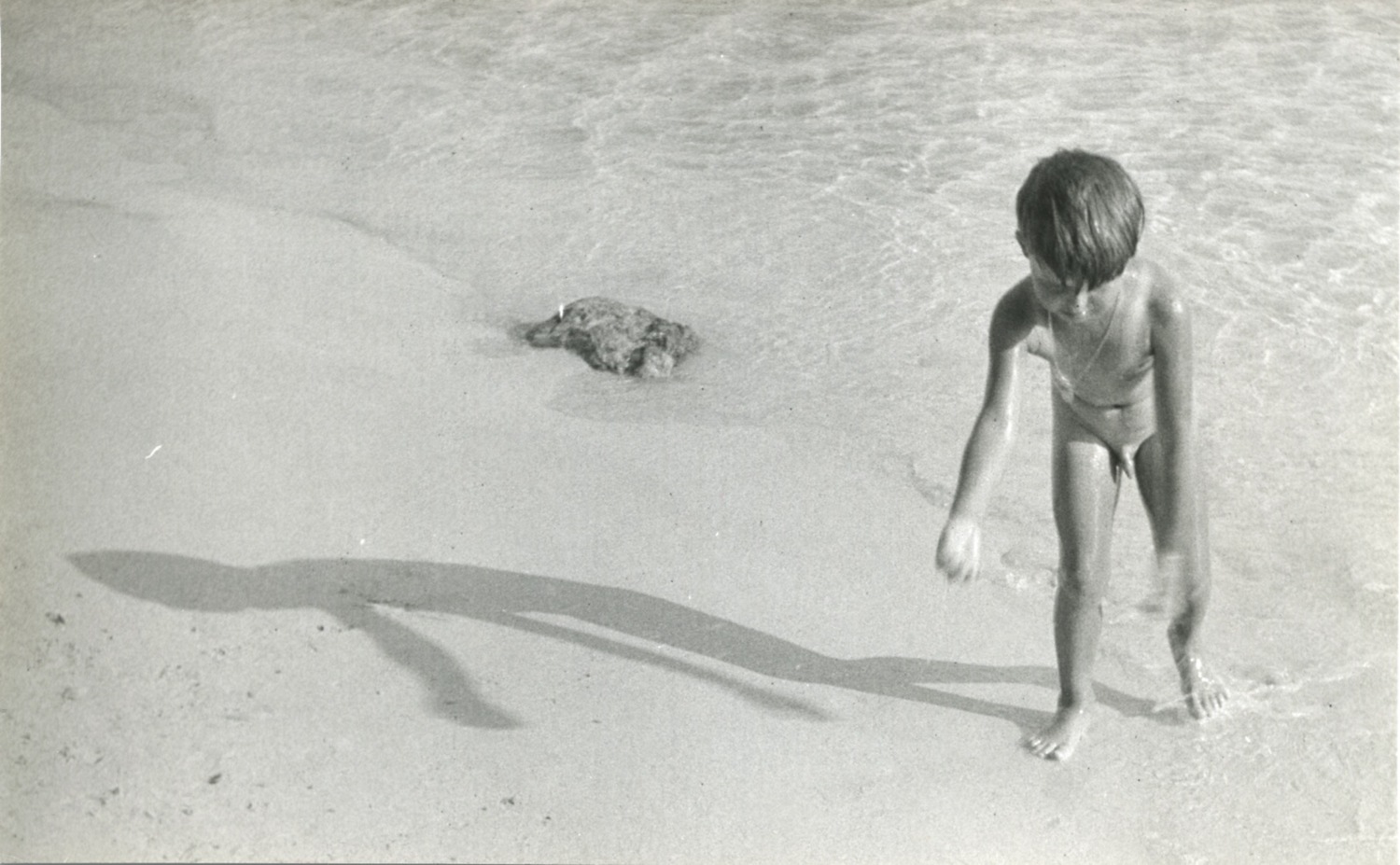
Image : 4.33 x 7.09 in ( 11,5 x 18,5 cm )
Print: 4 x 7 inches
Artist stamp on verso
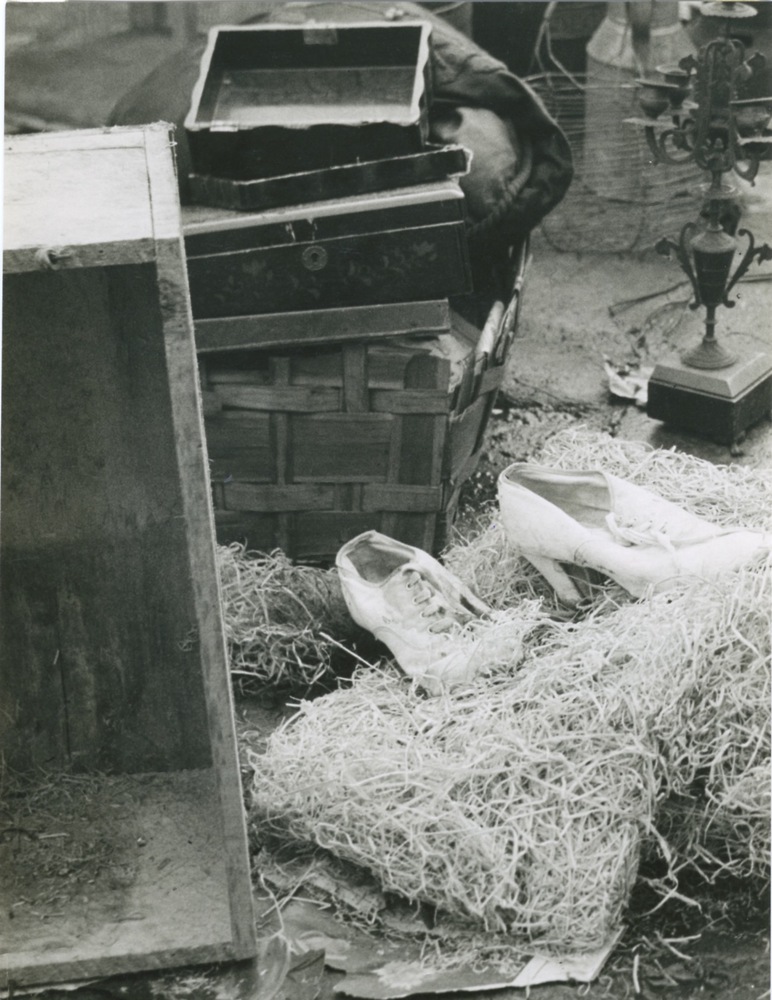
Image : 5.91 x 4.72 in ( 15,9 x 12,2 cm )
Print: 5.91 x 4.72 inches
Artist stamp on verso
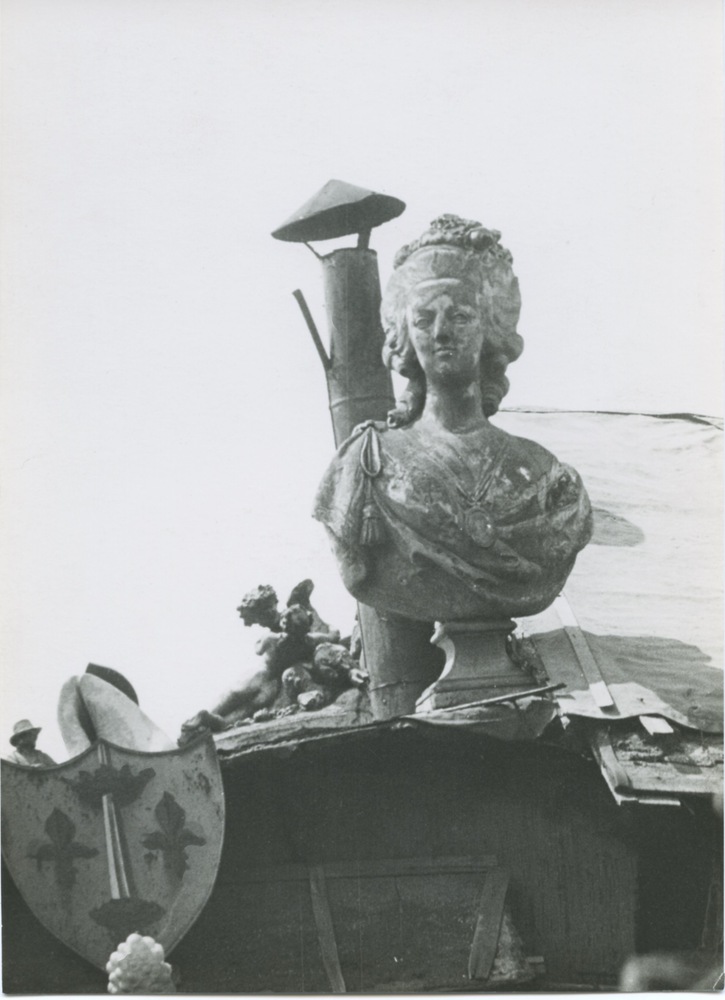
Image : 7.48 x 4.33 in ( 19,3 x 11,7 cm )
Print: 7 x 4 inches
Artist stamp on verso
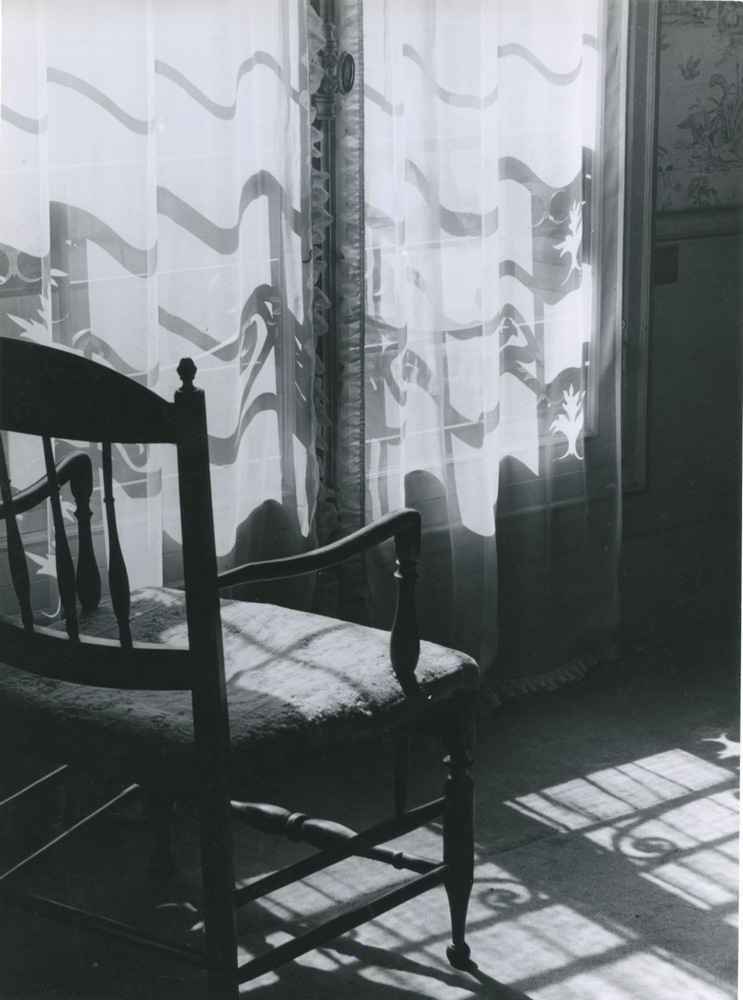
Image : 8.66 x 6.3 in ( 22,8 x 16,7 cm )
Print: 9 x 6 inches
Artist stamp on verso
Presentation
Les Douches la Galerie is pleased to present the group show The Things of Life, featuring works by Marcel Arthaud, Pierre Boucher, René Jacques, Jean Moral, Roger Parry, Jean Roubier, André Steiner and René Zuber, with the complicity of Eric Remy.
Artisans of the experimental New Vision in the 1930s, these photographers captured the essence of simple moments, the strangeness of a faded object or the fugacity of a light ray in a familiar interior.
Press
PRESS RELEASE
Straying from the classical themes that photography had tackled as a rival to painting, some young photographers of the 1920s-30s started pointing their easier-to-handle cameras towards more intimate and emotional subjects, giving up the conventionality of landscapes.
They found inspiration in their daily lives, unless they were busy with commissioned work (portraits, advertisements, features or news).
Their partner, their workshop or a tangle of objects inspired them to capture the poetic charm of a fleeting moment.
No need for a studio with sophisticated lighting, or complicated compositions in an effort to achieve striking effects: it was the subject that mattered, offering up its simplicity and ordinariness ? but full of the poetry of the moment.
A scene would appear before the eye of the beholder.
A self-taught photographer, Jean Moral wandered the streets of Paris and captured some parts of the city with an audacious way of framing. But it was his partner Juliette, whom he had met in 1927, who became his favourite model. Straying from classical posing, Moral broke her body down. An arm or a leg would become more than a compositional element ? an object of desire. Far from the coldness of abstract compositions, his pictures burst with erotic tension. Jean Moral would touch his partner with his camera so that her skin would seem within reach.
With André Steiner or Pierre Boucher, discarded objects found a second life. Doomed to disappear after good and faithful service, they were saved from oblivion. The entanglement of old objects would attract the eye one last time. Dolls, tailor?s dummies, masks ? modest human doubles came back to life for a posed picture.
Sometimes, the eye of the photographer was caught by a subtle light or shadow effect. Marcel Arthaud captured the waving shadow of a balcony railing on an immaculate net curtain momentarily turned into a graphic canvas showing the mysterious powers of light.
As for Zuber, he was interested in the light playing on glass panels and the aesthetic power of printer trays in his own workshop.
A disturbing strangeness sometimes emerges from some of these pictures ? a sense of insecurity. As witnesses to transient moments or the uncertainty of the future, they are often imbued with a sense of nostalgia.
Taken with the sole purpose of keeping a trace of a fleeting emotion or sensation, they are small silver poems, silent echoes of the things of life.
Eric Rémy


